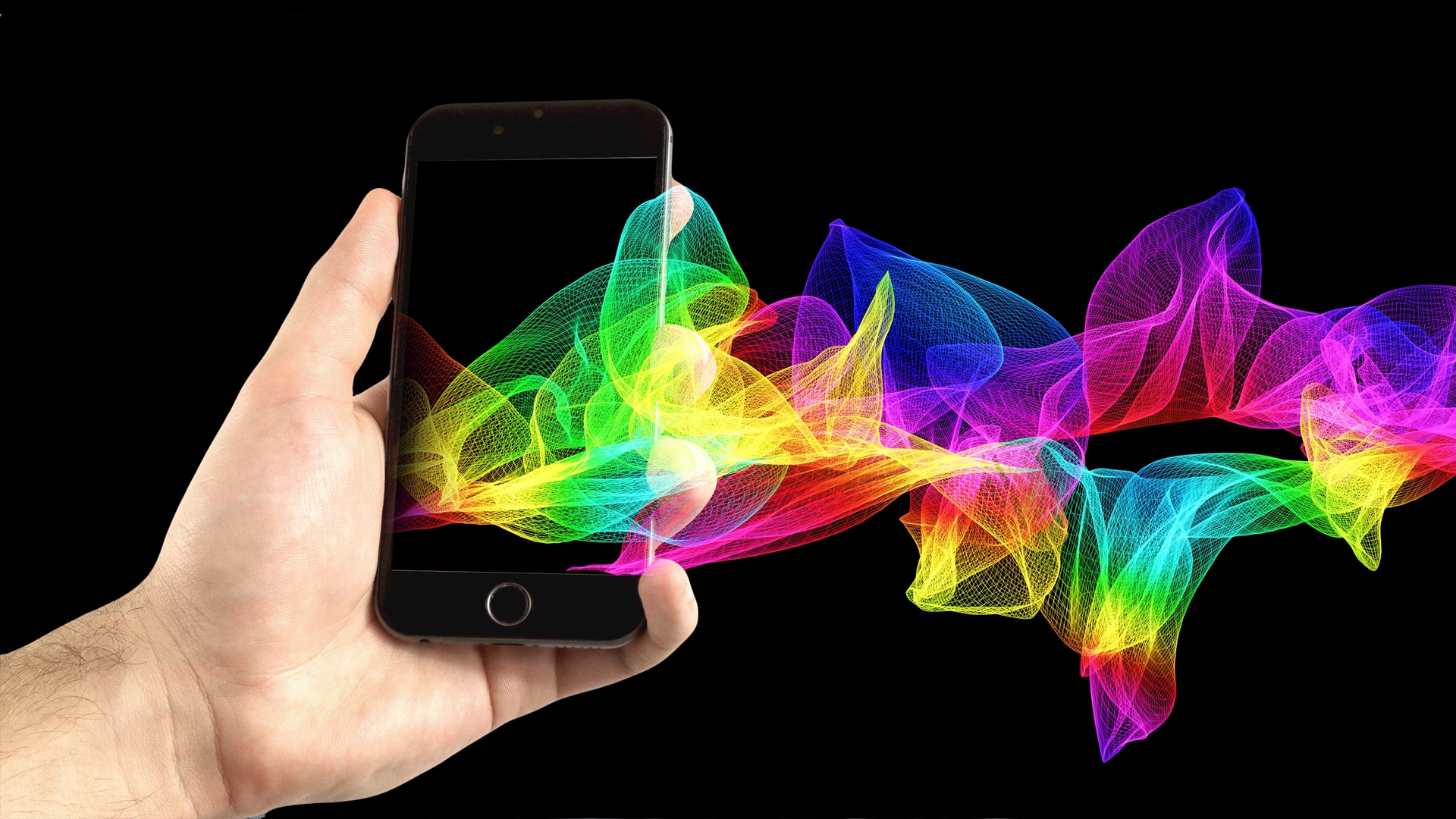With the exception of folding smartphones, these days it’s really tough getting excited about a new smartphone launch.
We’re not expecting smartphones to suddenly compete with notebooks when it comes to performance as much as we’d like that to happen. What we would like to see is some features that bring a sense of competition back into the fold.
Right now you’re either using iOS or one of the many Android smartphones available (Huawei’s OS is likely popular as well, though we don’t know how popular) and that’s not really what we’d define as competition.
Beyond that, each year we’re seeing no more than iterative updates to features that simply don’t matter to the general public. 100X Zoom Samsung? Who needs that?
We have a new decade ahead of us and there is room for smartphones to evolve, the question is how they will evolve.
Somebody with a few ideas is global account director and country manager for Alcatel Southern Africa, Ernst Wittmann.
“The future isn’t set in stone, and futurologists differ about how smartphones will evolve. Some believe they will become remote controls for our lives, while others think they could disappear into wearables like glasses or watches. The only certainty is that we will see lots of exciting progress,” says Wittmann.
So what might we see in the next decade?
For one, flexible displays.
Yes, we’ve already seen flexible displays from the likes of Lenovo, Samsung and Huawei, but let’s be frank – they weren’t great applications of the tech.
Samsung’s folding smartphones were offensively expensive, the Motorola Razr 5G was a mess and we haven’t actually seen a Huawei Mate X outside of presentations.
Over the next few years we may see more exciting screen options emerge but those options need to be affordable as well.
Sticking with displays, Wittmann says that we may see self healing screens in future but we suspect that rather than self-healing we may see hardier displays that can withstand more of a beating.
We say this because smartphone repairs were a rather lucrative business pre-pandemic. While repairs in the US are expected to slow down in 2021 per IBIS World, introducing a display that never needs replacing seems like a revenue stream decision makers may not want to give up.
Something that seems a bit more realistic is wireless, over-the-air charging.
“The good news is that many companies are working on over-the-air, or wireless, recharging solutions, that allow you to charge a device without a cable or even putting it on a charging pad. The technology uses radio waves to charge your phone. You could simply set up a transmitter in your home for no-fuss charging. It’s easy to imagine the tech becoming as commonplace in public venues in years to come as Wi-Fi is today,” Wittmann explains.
So far we’ve looked at features that make some degree of sense, now let’s go off of the reservation.
Ever since we saw holograms in sci-fi movies growing up we’ve wanted to see them with our own peepers.
While we may not see hologram tech in a smartphone, Google is working on solutions that incorporate hologram tech, most notably Project Starline. Could we see holograms in smartphones? Unlikely, but we’ll keep dreaming.
Of course connectivity standards will continue to improve and we would hope that smartphones continue to keep pace with those.
Whatever the next decade holds, we’re really excited to see more unique takes on what smartphones can do and also what they look like.
[Image – CC 0 Pixabay]

